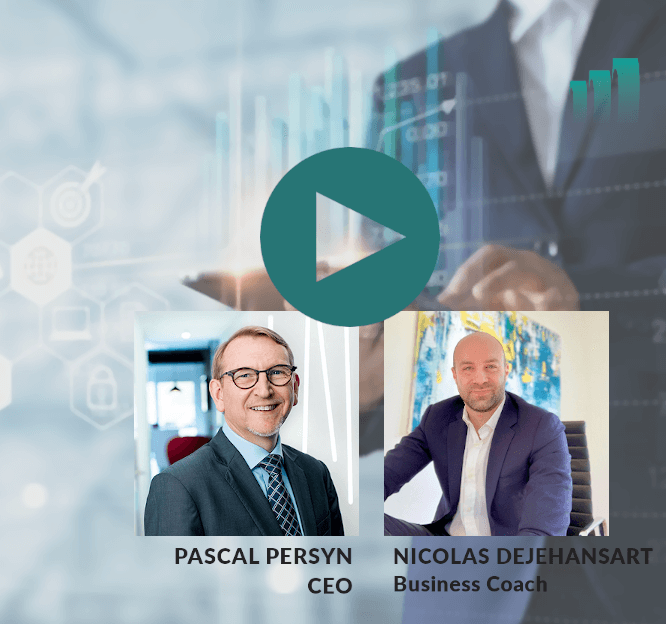Buying behaviour has fundamentally changed over the past ten years. But there are still lots of companies approaching buyers of today with outdated best practices and mindsets, or continuing to advocate the old way of selling.
Until recently, it was still possible to achieve reasonable B2B sales results by simply highlighting solution benefits. Clients had no alternative but to take the sales person’s advice when making their buying decisions. People who still have this mindset should beware: buyers have taken over the sales process, and now they have the power. And they want to avoid risk as much as possible.
How can we adapt to today’s buyer?
A lot has already been said about the switch from product sales to solution sales, or from transactional into consultative selling. But we still see that neither has delivered on its full potential, and results remain far below expectations. This is why:
- Both aim to implement a repeatable, linear and mechanical step-by-step process (not a ‘real’ sales environment!)
- The sales support environment is not upgraded simultaneously; bonuses, product training and literature, events, CRM and even reporting remain largely unchanged
- Management tries to resolve this with sales skills training and there is no change programme
You can fix this by focusing on the buyer, and learning about your clients and their markets.It’s also important to factor in risk mitigation. The ‘customer trust equation’ by David Maister, one of the world’s leading authorities on the management of professional service companies, is an excellent formula for clarifying the idea of risk mitigation:
T = (C+R+I) / S
T: trustworthiness (or perceived risk of working with you)
C: credibility = words (I can trust what he says)
R: reliability = actions (I can trust him to …)
I: intimacy = emotions (I feel comfortable discussing the subject)
S: self-orientation (I can trust that he cares)
The denominator of this fraction is (of course) what has the biggest impact here. You have to convince your clients that you really understand their requirements and objectives. The conversion rate will be lower if the client thinks the seller is focussing on themselves, regardless of the quality of your products or your sales person’s knowledge. In this case the seller is not being driven by the client but by a bonus that depends on the deal being struck, the internal pressure of a forecast, the special offer they want to sell, management’s desire to sell more of these solutions, or the belief that they’re an expert and want to prove it to you.
So consider risk management and look at all the conditions that can have an impact on sales when deciding how to improve your sales performance.

[ON-DEMAND WEBINAR]
How to acquire new customers today
What are customers open to? How to find out and create sufficient trust to discuss?
Which mix of digital, virtual and physical conversations work best?



 Pascal Persyn
Pascal Persyn